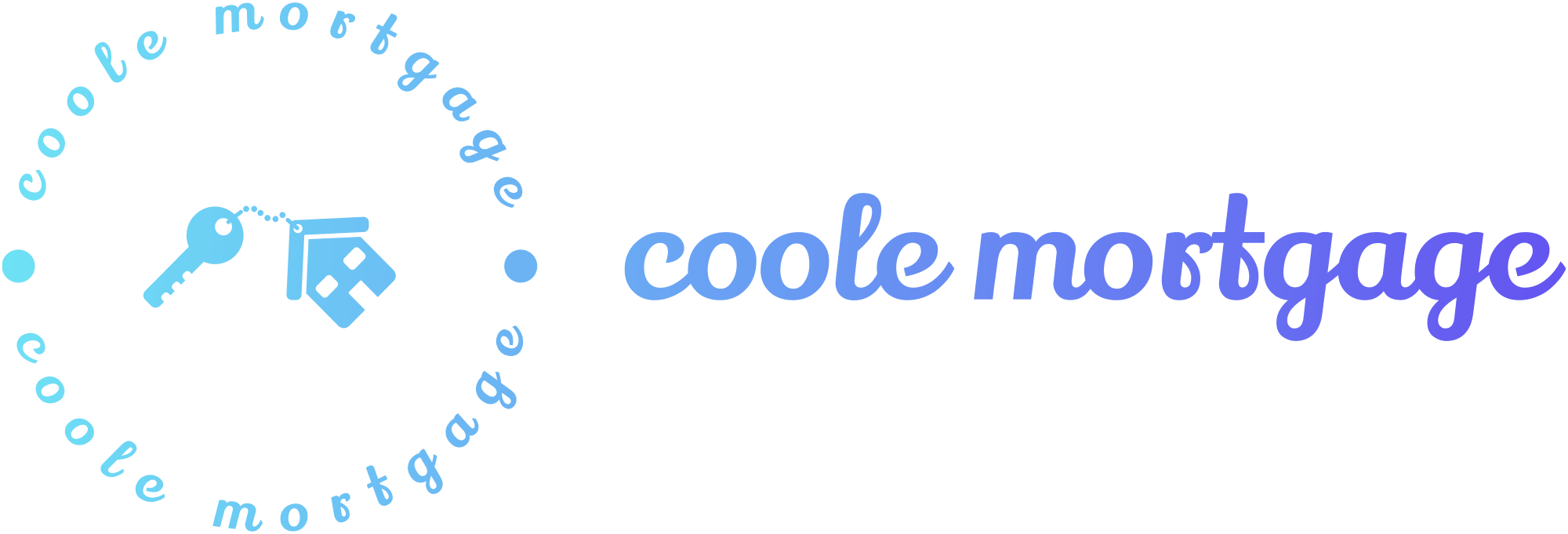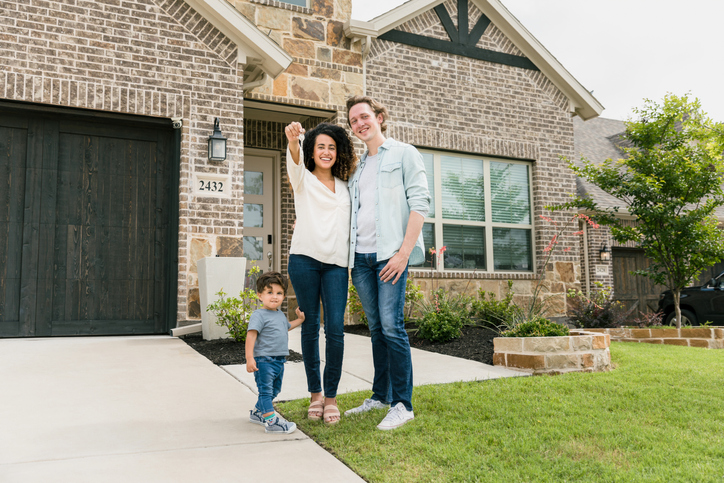The Benefits of Making a 20% Down Payment
When it comes to buying a home, the down payment is a pivotal part of the financial equation. While down payment requirements can vary, putting down 20% of the home’s purchase price has long been the gold standard. This initial investment does more than just get your foot in the door—it can pave the way for better financial terms and provide long-term economic benefits.
In this article, we’ll explore the multifaceted advantages of making a 20% down payment.
From eliminating the need for private mortgage insurance to securing lower interest rates, we’ll delve into why this number holds significant weight in the home-buying process and how it can lead to greater financial freedom and stability.
Explanation of Down Payments in Home Buying
A down payment is the upfront amount a homebuyer pays in cash to secure a purchase. It’s a percentage of the home’s total price and is the first equity stake a buyer has in their new property.
This amount varies depending on the loan type. For instance, conventional loans typically require between 3%-20% down, while FHA loans can go as low as 3.5%. VA loans and USDA loans offer zero down payment options for eligible buyers, bank statement loans start at 10%, and so on.
Each option caters to different financial situations and comes with distinct terms and conditions. The down payment influences the size of the mortgage, the need for Private Mortgage Insurance (PMI), and potentially, the interest rate of the loan.
This payment demonstrates to lenders that the buyer is invested in the property and capable of saving and managing their finances, reducing the risk for the lending institution.
Overview of Why 20% is Often Considered the Industry Standard
The practice of making a 20% down payment is based on wise financial management. Lenders have long felt that a buyer who can afford this amount is less likely to default on their mortgage.
It also means the loan starts with substantial equity, reducing the lender’s risk. In addition, this standard avoids the additional cost of PMI, reduces loan interest rates, and generally leads to better loan terms.
It’s a benchmark that has stood the test of time, providing a balance between affordability for the homebuyer and security for the lender.
Putting 20% Down avoids PMI
Private Mortgage Insurance, or PMI, is a type of insurance that lenders require from homebuyers who put down less than 20% of the property’s purchase price.
This insurance protects the lender in the event that the buyer defaults on the loan. It’s an additional fee that buyers have to pay monthly, on top of their mortgage payments, until they have enough equity in their home—typically 20%.
By making a 20% down payment and avoiding PMI, homeowners can save a substantial amount of money over the life of their mortgage. PMI rates can vary, but they often range from 0.5% to 1% of the loan amount annually. On a $300,000 loan, for instance, PMI can cost between $1,500 and $3,000 a year, or up to $250 a month. These savings can be significant, especially when accumulated over several years.
Lower interest rates
When you place a 20% down payment on a home, you’re not just building immediate equity; you’re also potentially securing a lower interest rate.
Lenders view borrowers who can make a substantial down payment as less risky, which often translates into more favorable interest terms.
A lower interest rate reduces the amount of money you’ll pay over the life of the loan, saving you significant amounts in the long term.
A lower interest rate means lower monthly payments, making the loan more affordable on a month-to-month basis. Over the duration of the loan, a lower rate can also mean thousands of dollars in savings.
For instance, on a $300,000 loan with a 30-year term, even a 1% difference in interest rate could mean a reduction in monthly payments by over a hundred dollars and a total savings of tens of thousands of dollars over the life of the loan. Thus, securing a lower interest rate can have a profound effect on the overall financial burden of a mortgage.
Here’s an example of two loans, one with a higher interest rate and one with a lower rate:
Case Study 1: Higher Interest Rate Loan
Name: John Doe
Loan Amount: $250,000
Interest Rate: 5%
Loan Term: 30 years
Monthly Payment: Approximately $1,342
Total Paid Over 30 Years: Approximately $483,120
John chose a mortgage with a higher interest rate due to a smaller down payment. Over 30 years, he’ll pay a substantial amount in interest, significantly increasing the total cost of his home.
Case Study 2: Lower Interest Rate Loan
Name: Jane Smith
Loan Amount: $250,000
Interest Rate: 3.5%
Loan Term: 30 years
Monthly Payment: Approximately $1,123
Total Paid Over 30 Years: Approximately $404,280
Jane managed to secure a lower interest rate by making a larger down payment. Her monthly payments are more affordable, and she’ll save nearly $80,000 over the life of the loan compared to John’s higher-rate loan.
smaller Monthly payments
Detailed Breakdown of How a Larger Down Payment Leads to Smaller Monthly Payments
A larger down payment directly reduces the amount you need to borrow, which in turn, results in smaller monthly mortgage payments.
For example, if a home costs $300,000, a 20% down payment would be $60,000. This means you would only need a mortgage for $240,000, rather than the full price.
Smaller loan amounts come with smaller monthly obligations, since the repayment is spread over the same loan term but with less principal to pay back.
The examples below demonstrate how different down payments affect the loan amount, interest rates, and monthly payments.
Case Study 1: Minimum Down Payment
Name: Alex Green
Home Price: $250,000
Down Payment: 5% ($12,500)
Loan Amount: $237,500
Interest Rate: 4.5%
Monthly Payment: Approximately $1,203
Alex’s smaller down payment results in higher monthly payments and the need for PMI.
Case Study 2: Moderate Down Payment
Name: Bella Johnson
Home Price: $250,000
Down Payment: 10% ($25,000)
Loan Amount: $225,000
Interest Rate: 4.25%
Monthly Payment: Approximately $1,107
Bella’s moderate down payment reduces her monthly payment and eliminates PMI.
Case Study 3: Standard Down Payment
Name: Carlos Smith
Home Price: $250,000
Down Payment: 20% ($50,000)
Loan Amount: $200,000
Interest Rate: 4%
Monthly Payment: Approximately $955
Carlos’s 20% down payment secures a lower interest rate and significantly lower monthly payments.
Case Study 4: Substantial Down Payment
Name: Diana Reed
Home Price: $250,000
Down Payment: 30% ($75,000)
Loan Amount: $175,000
Interest Rate: 3.75%
Monthly Payment: Approximately $810
Diana’s substantial down payment provides the best interest rate and the lowest monthly payments.
increased home equity
Putting down a significant amount of money upfront is like immediately boosting the amount of your home that you own outright.
Equity is the portion of your property that you truly “own”—it’s the difference between the property’s value and what you owe on the mortgage.
For example, if you purchase a $300,000 home and make a 20% down payment, you start off with $60,000 in equity. This is a sizable share of your home’s value that’s beneficial in both tangible and intangible ways.
Tangibly, this equity can be used as financial leverage, such as taking out a home equity loan or line of credit.
Intangibly, it offers peace of mind knowing you have a solid stake in your property, which can be particularly reassuring during economic downturns when property values might fluctuate.
This upfront equity acts as a buffer, protecting you from the possibility of your home’s market value dropping below what you owe on your mortgage.
Higher equity also potentially paves the way for better refinancing options down the line and can contribute to a sense of financial security and personal wealth.
Where Can the Down Payment Come From?
When planning to make a down payment on a house, especially if aiming for the beneficial 20%, it’s important to consider various sources for accumulating the required funds.
Here are some common and viable options, including using a 401(k), which can provide the necessary financial support for your home purchase:
- Savings and Investments:
- The most straightforward source for a down payment is your savings. This can include funds accumulated in savings accounts, investment portfolios, or other liquid assets.
- Gifts from Family or Friends:
- It’s not uncommon for homebuyers, particularly first-timers, to receive financial gifts from family or friends to help cover the down payment. This option often comes with fewer strings attached and no expectation of repayment.
- 401(k) Plans:
- While generally advised as a last resort, using funds from your 401(k) retirement plan is a possibility. There are specific conditions under which you can borrow from or withdraw your 401(k) without facing heavy penalties, such as for a first-time home purchase. For a detailed understanding of how to navigate home purchases with a 401(k), refer to this page 401K withdrawal for a home purchase.
- Homebuyer Assistance Programs:
- Numerous programs exist to assist homebuyers with their down payments, especially for first-time buyers. These programs can include grants, low-interest loans, or other forms of financial aid. It’s worth researching federal, state, and local programs for opportunities.
- Sale of a Previous Home:
- If you’re already a homeowner and planning to move, the equity from the sale of your current home can be a significant source for your down payment.
- Side Jobs or Secondary Income:
- Additional income from side jobs, freelance work, or a secondary source can also contribute to your down payment fund over time.
- IRA Withdrawals for First-Time Homebuyers:
- Similar to 401(k)s, IRAs also offer options for first-time homebuyers to withdraw funds without penalty under certain conditions.
- Liquidating Other Assets:
- Selling other assets, such as a car, collectibles, or other valuables, can also contribute to your down payment.
Options When a 20% Down Payment Isn’t Feasible
Not everyone can afford a 20% down payment, but that doesn’t close the door to homeownership. There are several alternatives available:
Lower Down Payment Loan Programs
- FHA Home Loan – With an FHA loan, you don’t need a hefty down payment or high credit scores that other loans might require. You can get started with as little as 3.5% down.
- VA Home Loan – One of the most significant advantages of a VA loan is that there is no requirement for a down payment. Only available to veterans and active military.
- Conventional 3% Financing – Conventional loans represent one of the most popular and flexible mortgage options on the market. Ideal for those with stable finances and good credit. Lowest down payment option is 3%.
Putting a lower down payment on a home is not inherently bad, but it does come with considerations:
Higher Monthly Payments: A smaller down payment typically means a larger loan amount, which can lead to higher monthly mortgage payments.
Private Mortgage Insurance (PMI): If you put down less than 20%, lenders usually require PMI, which adds to the monthly cost.
Interest Costs: Over the life of the loan, you may pay more interest with a smaller down payment because you’re borrowing more money.
Equity Building: It takes longer to build equity in your home with a smaller down payment.
Market Fluctuations: With less equity in your home, you may be more vulnerable to market downturns.





